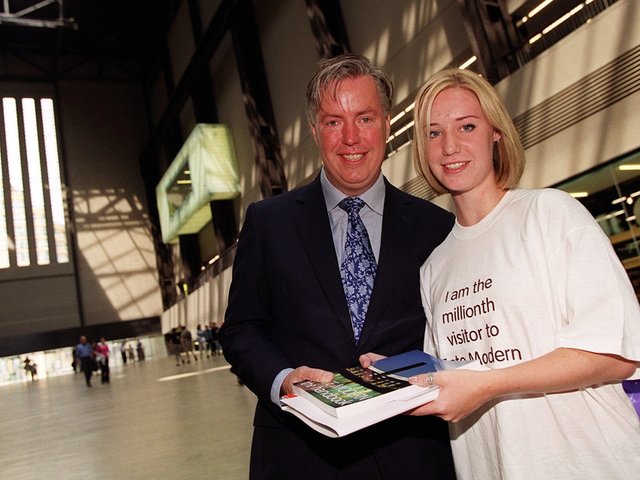At the Art Gallery of Ontario, Toronto and Tate Modern, London
o Re-presentation
High rating. It is a project the curator worked on for 20 years, on a hunch that if you brought together the paintings of urban life of Turner, Whistler and Monet you would see more than what was already known—that they painted a lot of the same scenes in London, Paris and Venice, and influenced each other in matters of style—because they portrayed the increasing degradation of the urban environment by pollution.
o Transformation, surprise, discovery High rating. We were able to see these well-known works with entirely fresh eyes
o Self-directed experience
High rating. Wall texts, but also cases of documentary material (medical texts, newspaper articles and the like) that invited visitors to verify for themselves concerns about pollution at the time and to see how these might have influenced the artists.
o Engagement of visitors
of all types Reasonably high rating, simply because there was large attendance. More probably could have been done in marketing the exhibition to environmentalists and bio-artists. “Often the case with exhibitions that are extraordinary cultural resources, there is reluctance to trumpet the innovative”.
o Transparency High rating. The meta-story was made clear from the outset. A multiplicity of voices could be read in the texts and heard in the audio guide. The importance of this is that the audience is stimulated to investigate, to think and explore further.
At the Grand Palais, Paris
o Re-presentation Low rating. The thesis presented in Toronto and London was omitted so this became an old show of an idea based on formalist art history for which no new research was needed or conducted.
o Transformation Low rating. The best word to describe the experience would be puzzlement. If the thesis were indeed a stylistic one, what a weird selection of paintings: urban and industrial, when there is so much more to all three artists’ oeuvres! Why?
o Self directed experience Low rating. The mise-en-scène was superb. The paintings looked gorgeous, but since the selection of works was inappropriate to the theme in Paris, it was actually necessary to connect to the audio-guide or one of the guided tours to understand the stylistic links. The no-doubt offensive texts and archival materials on air and water pollution in London and Paris were removed and replaced by archival exhibits from the writings of de Musset, a well-worn source.
o Engagement Relatively high rating because the exhibition was a big success in terms of attendance. This shows how misleading quantitative measures are when we take a “cultural resource” planning perspective. There were queues around the Grand Palais to see an exhibition which in essence reinforced (poorly) some old ideas with a re-presentation of great paintings poorly selected for that purpose, because they had originally been selected for quite different reasons.
o Transparency Low rating. A new catalogue was produced that all but obliterated the contribution of the originating curator and institution—an astounding cover-up, so that visitors were unable to discover for themselves what the original thesis had been, let alone who had developed it.
According to Gail Dexter Lord, President, LORD Cultural Resources Planning & Management, Toronto, and LORDculture, Paris
l Re-presentation of works of art as a result of new research, resulting in juxtaposition of works not often seen together, a new thesis about the artist, the group or the theme, or re-presentation by means of what the French call mise-en-scène
l A transformative experience: in other words, surprise and discovery of new attitudes, values or appreciation of meanings. This is the essential visitor experience that exhibitions can deliver.
l A self-directed experience. Visitors may choose an audio or human guide but the possibility of a self-directed experience is always there.
l Engagement of visitors of all types; scholars, learners, artists and people in the art business, relaxation seekers, escapists, cultural tourists, first-time visitors or diligent students.
l Transparency as to the sources of the exhibition’s viewpoint. As a medium of representation, the exhibition is actually ill-suited to the omniscient presenter (even though we have been accustomed to this approach in the past). Exhibitions are more suited to a multiplicity of voices.


